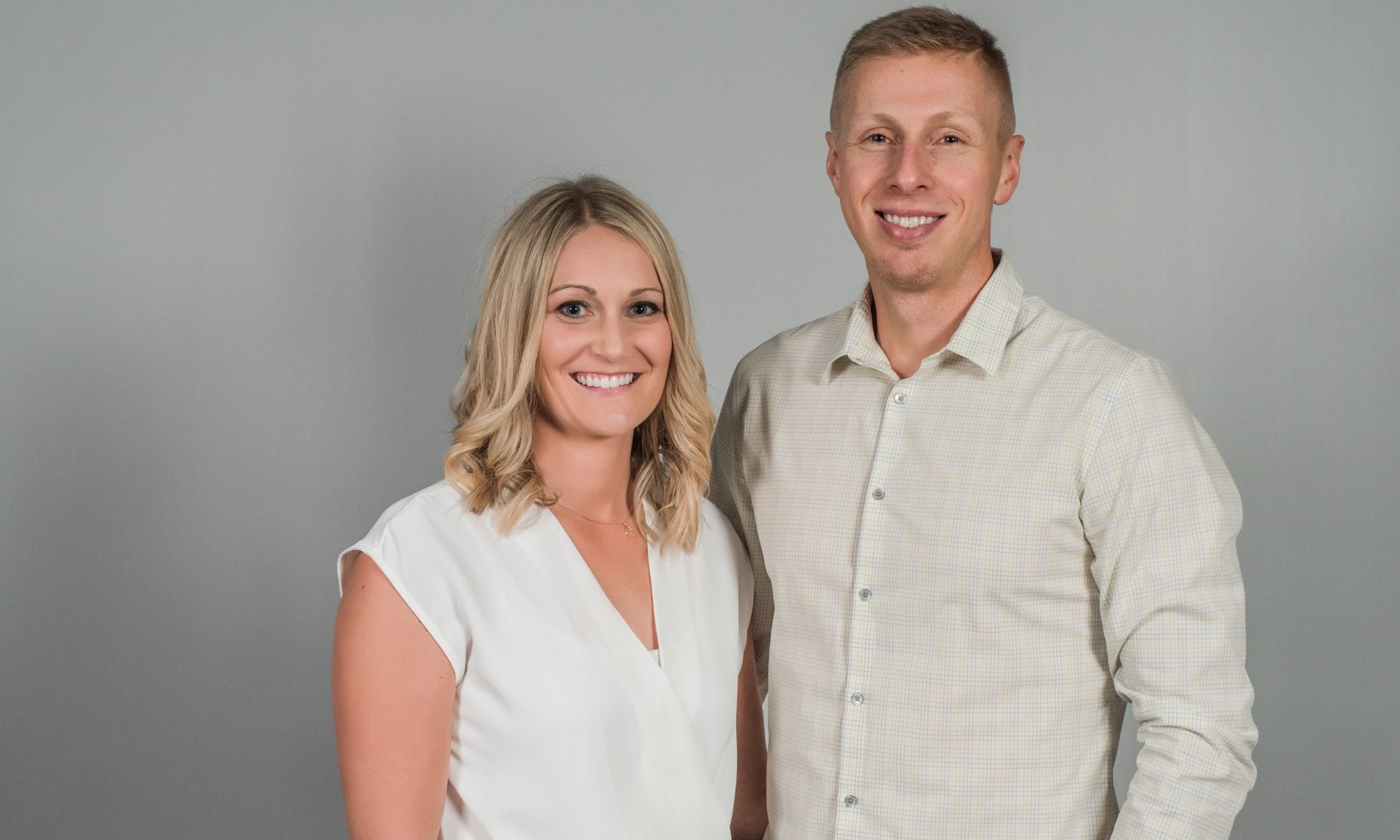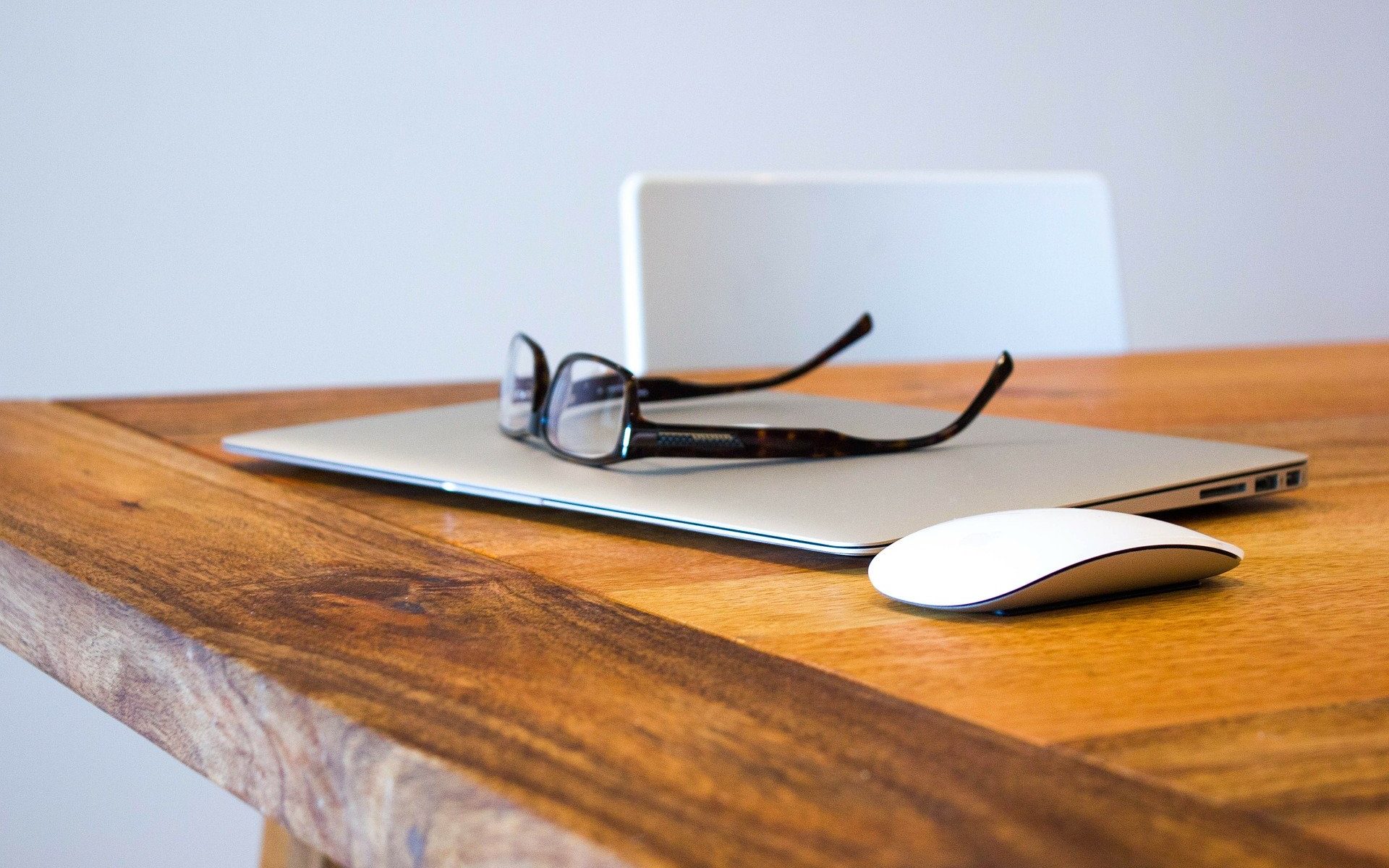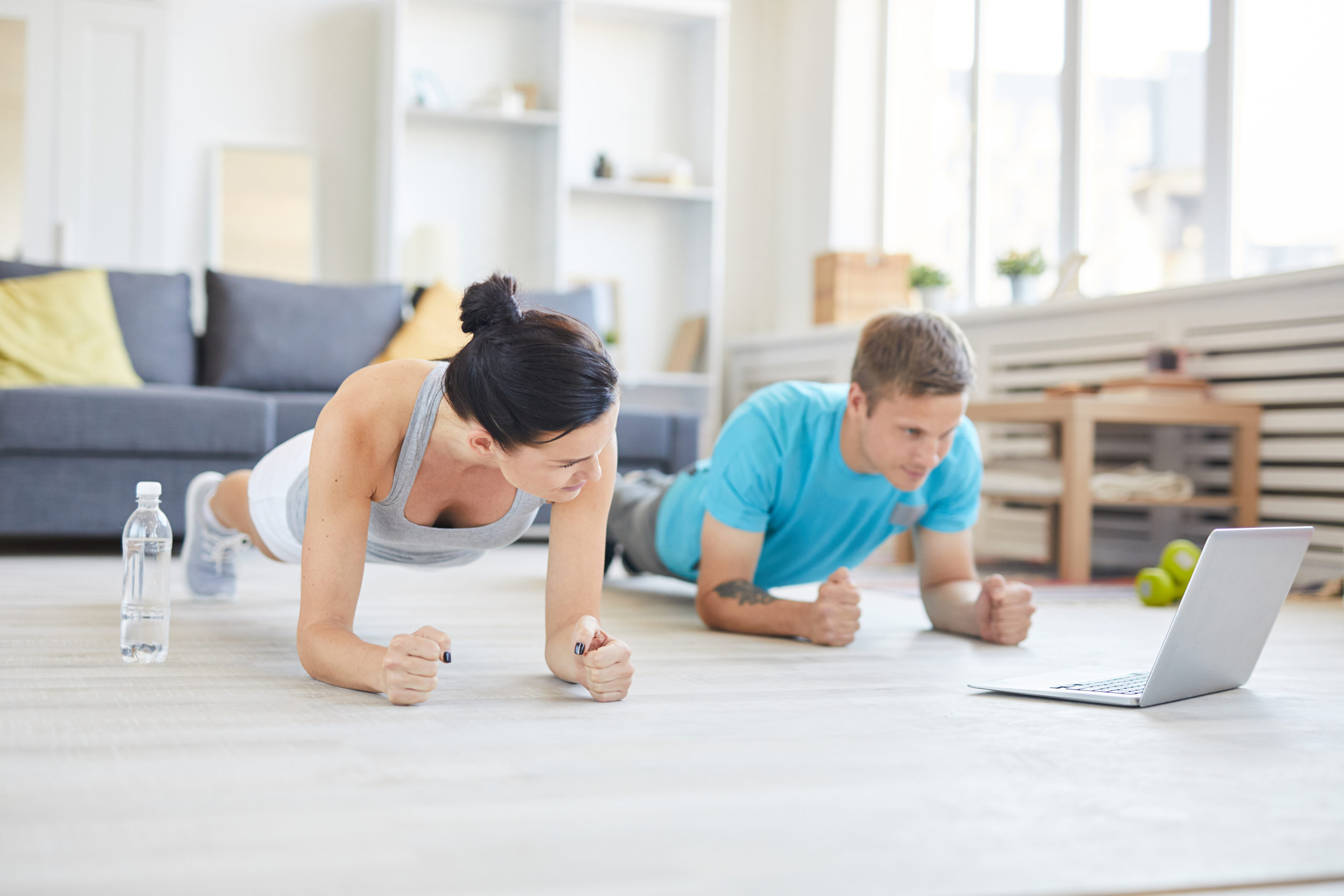5 Things to Do at Home for Self-Care
But First
Welcome to our blog, Stride Family! This is a platform that we have always wanted to use to connect, share with, and support our community. It seems most appropriate to get this project up and running during these new challenging times. Our aim is to provide you with insight, guidance, education and at-home health tips about a variety of topics over the coming months. Today is about what to do at home for self-care.
Given our current global circumstances and the COVID-19 pandemic, we know many people are navigating through new and tough emotions – lost, scared, nervous, bored, restless… The list goes on.
Top 5 Things To Do At Home For Self-Care
By: Jen Goehring – physiotherapist and Co-Owner
Today, I am going to provide you with my top 5 things to do at home to make time for self-care. Especially during quarantine!
TIP #1: Schedule time for yourself!
This tip may seem self-explanatory, but when is the last time you had one hour to yourself? One hour that wasn’t interrupted by others. An hour when you deliberately did what you wanted to do without feeling guilty. Like many of us, you probably can’t remember.
Most of us are creatures of habit. We follow a jam-packed calendar without wiggle room if something unexpected comes up. Between work, social events, family gatherings, medical appointments, kids activities, and more, we barely have enough hours during the day. Even during lockdown, this isn’t easy. Just like you scheduled all of those events in your planner, consider scheduling time in for self-care. Firstly, book an hour each day for yourself. Secondly, do not fill that time with anything else. This is only 5% of your day! Thirdly, do something or do nothing! Read, journal, meditate, watch a TV show, call a friend, or listen to music. Just prioritize doing something that makes you happy, no strings attached.
TIP #2: Learn how to say “NO”
I understand that you have probably heard this tip before and thought it made sense. But the real question is: how do you do this? I once heard something that deeply resonated with me to help make this decision easier. “In life, there are three things: ‘have’ to’s, ‘want’ to’s and ‘should’ do’s.’” Anything that falls into the “have to” category is an obligation. It’s something important to attend. The “want to” is definite, as it is something that you are choosing to do. The invitation for the “should do” is automatically ditched. No guilt, no obligation. You have the right to say no to something you do not want to participate in!
In order to say no, you must prioritize your current responsibilities, and set boundaries in your relationships. Consider the following: if you say “yes” to an invite or activity, this might mean saying “no” to something else that it is already on your plate. Most of the time, we are all functioning with what we consider a full plate. If we only pile onto our task list, something else in our life will suffer. Think before you agree to anything!
TIP #3: MOVE
This seems simple, but it is amazing how much a little movement can do a lot for self-care. Moving gives you energy. It alters your mindset and brings positive vibes! Movement does not have to be a traditional workout. As a matter of fact, it can come in many different forms, like walking, dancing, stretching, running, biking, changing positions, jumping, and more. Find something that you enjoy doing. Make sure you move at least once per hour! You should also head outside for some fresh air. All in all, moving feels good.
TIP #4: SLEEP
Yes, I know you have heard this before. Sleep is essential for both physical and mental healing. And it’s true! Research consistently proves it. How do you implement good sleep strategies? Here’s a thought: you likely set an alarm for the morning to ensure that you wake up on time, right? Well, how about setting yourself an alarm to get yourself in bed at night? A lot of us typically get distracted at night and start activities late without even knowing what time it is. Having an alarm clock in the evening will help you to stop whatever you are doing and start focusing on your nighttime routine. A better nighttime routine will likely drive a better sleep and a better morning! I know most of you have well established morning routines, so now I challenge you to do the same in the evenings.
TIP #5: UNPLUG
We are all guilty of spending too much time using technology. In today’s world, technology is all around us – TVs, computers, tablets, phones, even watches. We have never been more accessible than we are right now; especially during this time when most of us are working and connecting with people virtually. But we also all spend a lot of “wasted” time scrolling through social media feeds, watching videos or shows, checking emails, texting, etc. It has been extremely well researched that our screen time is negatively impacting our sleep, relationships and mental health.
I challenge you to commit to TWO things:
1. Unplug completely. At least for a short period of time daily. Put your phone or watch in a different room, put your computer away and turn the TV off. Seriously, this is what freedom could feel like… Plus, it gives you time to connect with yourself or the people living under your same roof.
2. Set screen times for yourself. A lot of people set screen times for kids and students, but do you abide by this yourself? Put limits on your scrolling and checking of your devices. Consider doing something productive that needs to be done, like cooking dinner or starting laundry, then feel free to give yourself a few minutes reward of checking social media (if you’re so inclined).
It is important to remember that making time for yourself is not a one-time thing. These tips do not just apply to quarantine time. Self-care is an ongoing, daily and weekly task. Your strategies may evolve and change over time, but eventually implementing these small habits becomes a part of our regular, routine lives. This will likely lead to feeling happier, healthier and more balanced!










